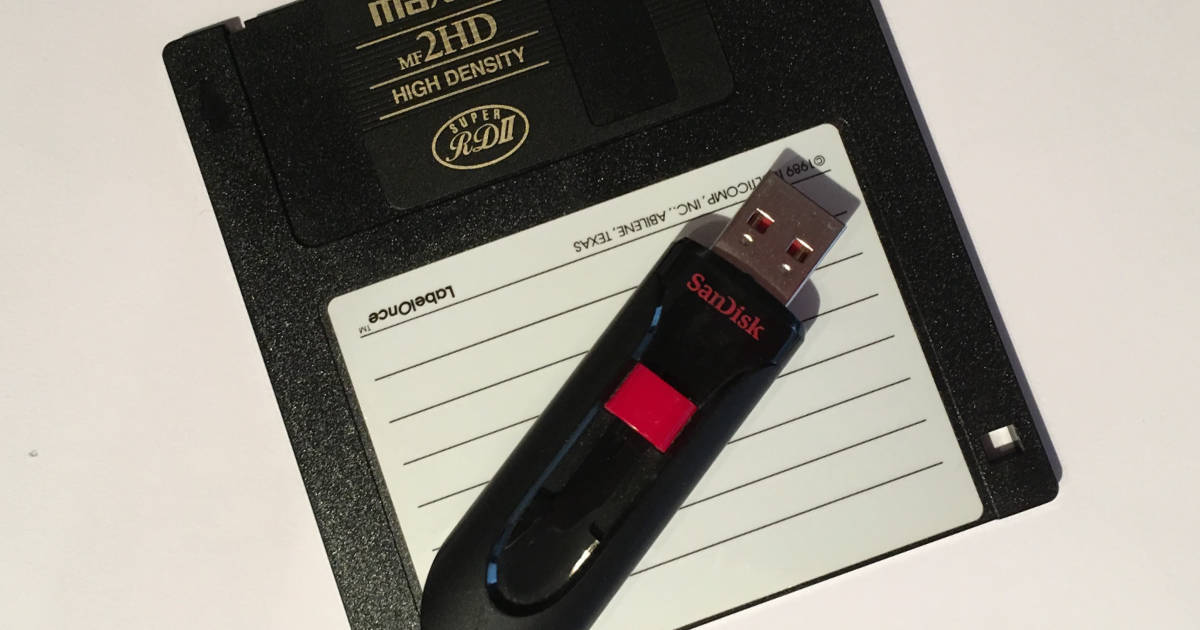USB Drives Lifespan
Practical Use for Long Term Storage?
When it comes to digital storage, you can’t get much more portable than a USB thumb drive. These little guys are super useful for anyone who wants to store and transfer documents, photos, videos and other files anywhere they go. They’re also incredibly affordable. You can buy a thumb drive for as little as $5 or so. Furthermore, the vast majority of USB flash drives are built to last for at least a few years of regular use – if not much longer. Most manufacturers advertise the lifespan of their devices as being somewhere between 100K and 1 Million reads or writes (typically indicated as “read/write cyclesâ€). But what exactly do those numbers mean? Do they indicate how long your thumb drive will last under normal usage? How long do most people actually keep their flash drives before they fail? In this article, we’ll answer all those questions and more!

What Do Read/Write Cycles Actually Mean?
When a manufacturer states a particular number of read/write cycles for a USB thumb drive, they’re referring to the lifespan of the device. Here’s how things break down: The lifespan of your thumb drive will be directly tied to the number of times you read from and write to the device. So, one read/write cycle would be one time you read data from your drive, and one time you write data to the drive. Keep in mind that data is constantly being written and read from your flash drive. That includes whenever you’re transferring data, or just plugging it into your computer or other device to access the data stored on it. Each time you read or write to a USB thumb drive, you’re using up some of its lifespan.
How Long Do Thumb Drives Last?
As we’ve discussed, each USB thumb drive is guaranteed to last for a certain number of read/write cycles. But how long do flash drives actually last for each of those cycles? It’s actually quite difficult to find accurate data on the lifespan of USB thumb drives. That’s because there are so many variables that affect the lifespan of a device. There are many different types of thumb drives, with different internal components. There are also many different ways to use them, and the way you use your drive can have a dramatic effect on how quickly it fails. Also, many different factors can affect how long it takes for a flash drive’s data to degrade, like the quality of the materials used in the device (e.g., plastic vs. aluminum casing), the size of the drive, whether or not it’s used in an environment with high humidity or temperature, and more!
Why Do USB Thumb Drives Fail?
So, if each flash drive is guaranteed to last a certain number of read/write cycles, why do they fail so quickly? For the most part, thumb drives fail due to regular wear and tear. After you’ve used a drive enough times to reach its read/write cycle limit, it’s not likely to fail immediately. Instead, the device will generally start to degrade over time. Eventually, it will simply stop working. There are also a few different ways that a USB thumb drive can fail more quickly. But most of these issues can be avoided with proper care and maintenance.
How to Make Your Thumb Drive Last longer
If you want to make your flash drive last for as long as possible, there are a few things you can do. Here are some tips: First and foremost, buy a USB thumb drive with a high read/write cycle rating. Some of the best USB thumb drives come from reputable brands like SanDisk, Kingston and more. You can even find thumb drives with a lifetime warranty. If you’re using your thumb drive regularly, be sure to give it a break every now and then. If you plug and unplug your drive constantly, you can actually speed up the rate at which your drive degrades. If you’re storing data on your thumb drive for any length of time, make sure to clean it regularly. You can also store your data in more than one place – this is called “duplicate†or “backup†data! This can help prevent against data loss.
Bottom Line
Finally, if you’re using a USB thumb drive regularly, it’s a good idea to replace it every few years or so. If you keep using the same thumb drive for long enough, it’s almost guaranteed to break down. So, it’s better to just replace your flash drive before it fails completely! While USB thumb drives are extremely useful, they’re not indestructible. It’s important to take good care of your flash drive to make it last as long as possible. Doing so can help prevent data loss, prevent you from losing important files, and extend the life of the device!
